About a week ago I wrote about an exhibition I visited. It was an exceptional one that I won't forget easily. I've never seen such art before, but I hope this was not the last time for me. The artist is called István Orth and he recreated The Tragedy of Man by Imre Madách. There were one or two watercolor-ink artworks, to symbolize the 15 scenes of the play. You can see the first part of the exhibition here.
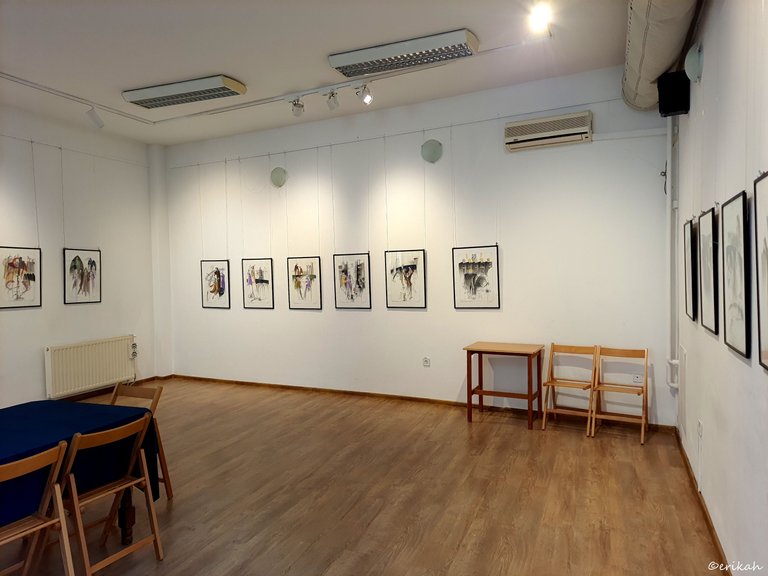
The artworks were all the same size, which made the whole exhibition look so neat.
Each artwork is named after a scene from the play, so I'm going to drop the name of each scene below the photo, from here.

Scene VIII. – Prague, c. 1608. Adam is Johannes Kepler; Lucifer is his pupil; Eve is his wife, Barbara
Johannes Kepler (27 December 1571 – 15 November 1630) was a German astronomer, mathematician, astrologer, natural philosopher and writer on music.
As you can see, all the instruments of that era, that Kepler needed for his studies are appearing on the artwork. What I loved about these artworks, besides what i mentioned in my previous post was that most of the characters were very tall, or taller than normal. I found that very interesting and it may changed the composition quite a lot. It was an excellent choice.
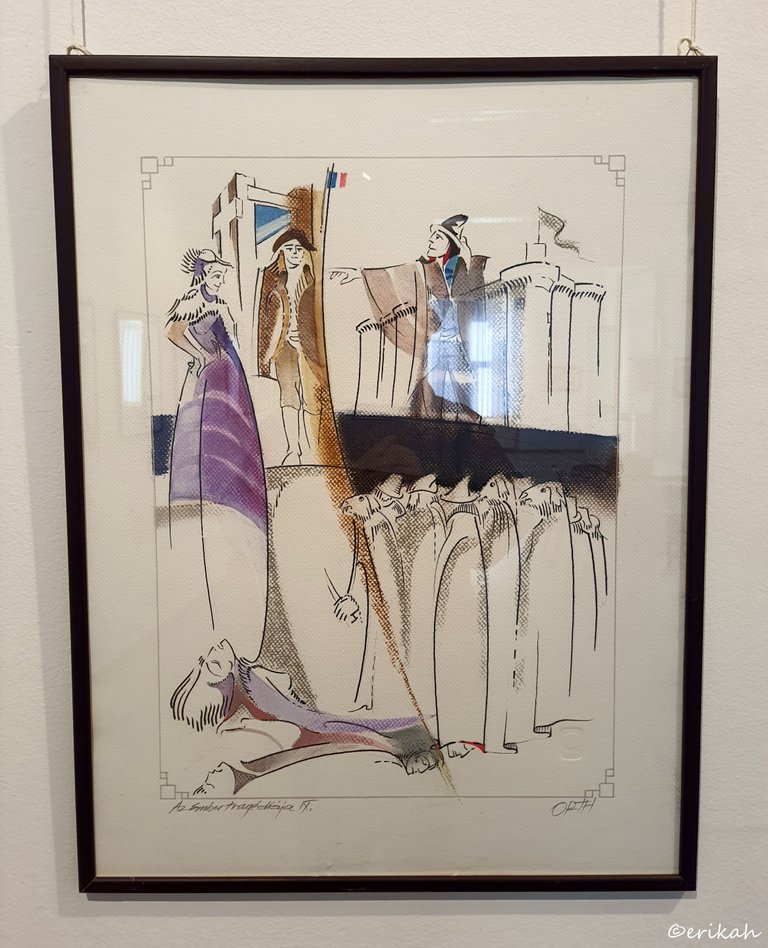
Scene IX. – Paris, 1793-1794 (in a dream of Kepler). Adam is Georges Danton; Lucifer is an executioner; Eve appears in two forms, first as an aristocrat about to be executed, then immediately following as a bloodthirsty poor woman
The main characters are always Adam, Eve and Lucifer. They appear on every slide, impersonating someone from that era or period of time. Now look at the simplicity of the work. Just a few lines, colors are simple too, nothing abundant and that the beauty of it.
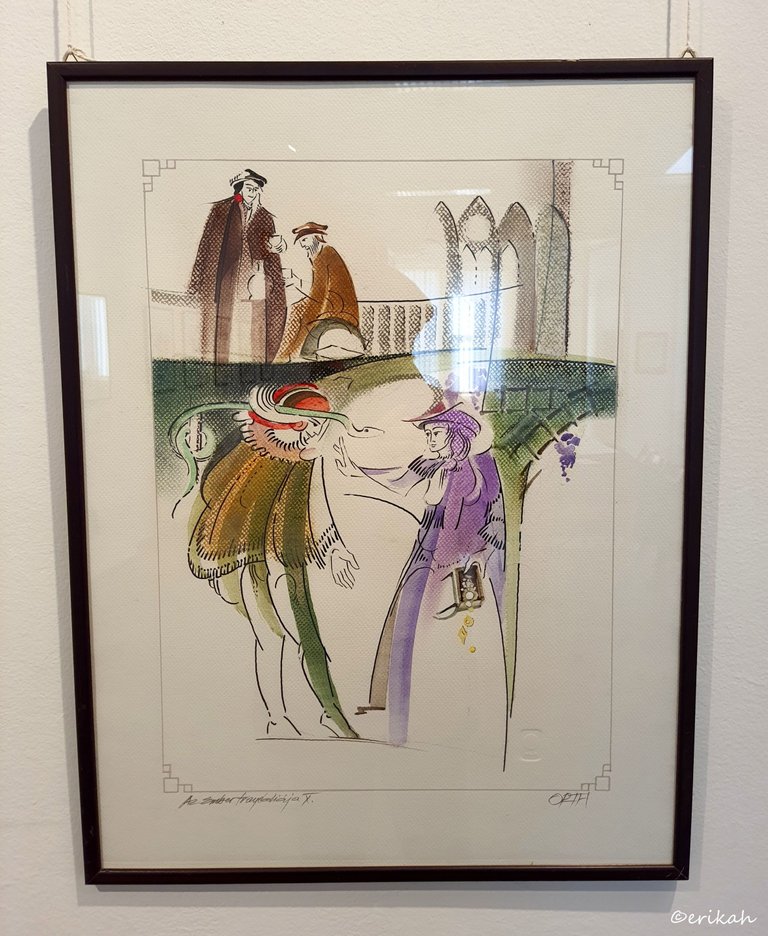
Scene X. – Prague, c. 1612. Adam is Johannes Kepler; Lucifer is his pupil; Eve is his wife, Barbara
I'm not sure how familiar you are with European history, but those of you who know those times can recognize the costumes, the keepsake box with money and jewelry, the snake that was often used by fortune tellers and witches. Above the characters you can see those arches, which represents the church and Lucifer on the upper left.
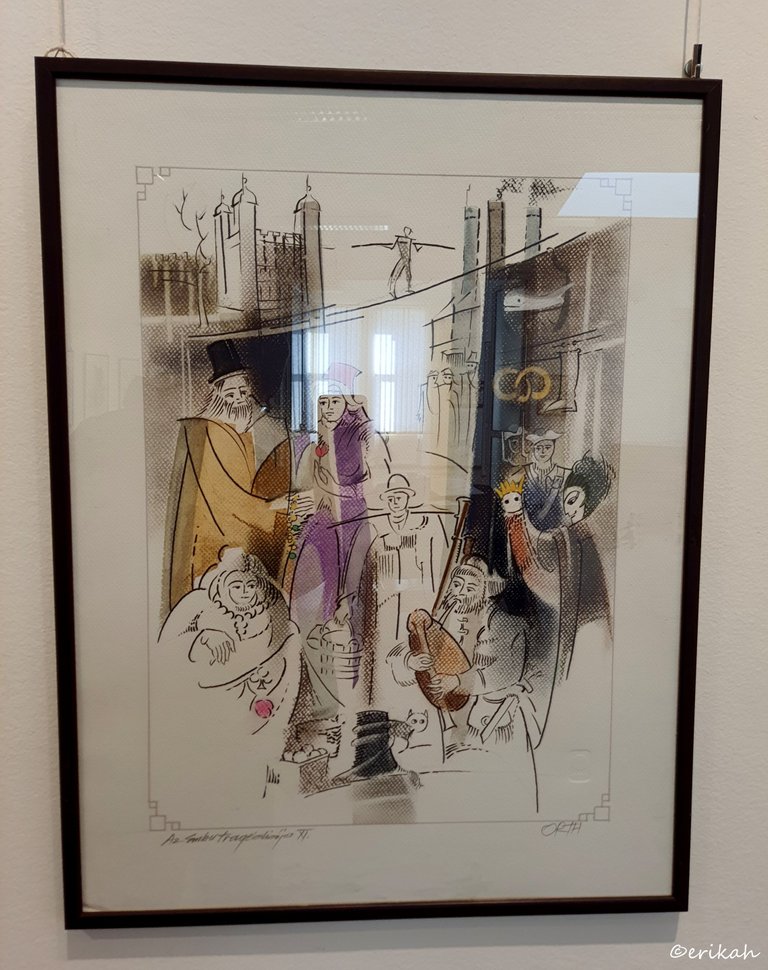
Scene XI. – London, 19th century. Adam and Lucifer are nameless Englishmen; Eve is a young woman of the middle class
Now if you are an artist and you have to create a scene based on the title above, what would you choose to put on paper? When it comes to the 19th century London, top hat is a must, the tower must be familiar too, the clothes and street musicians as well.
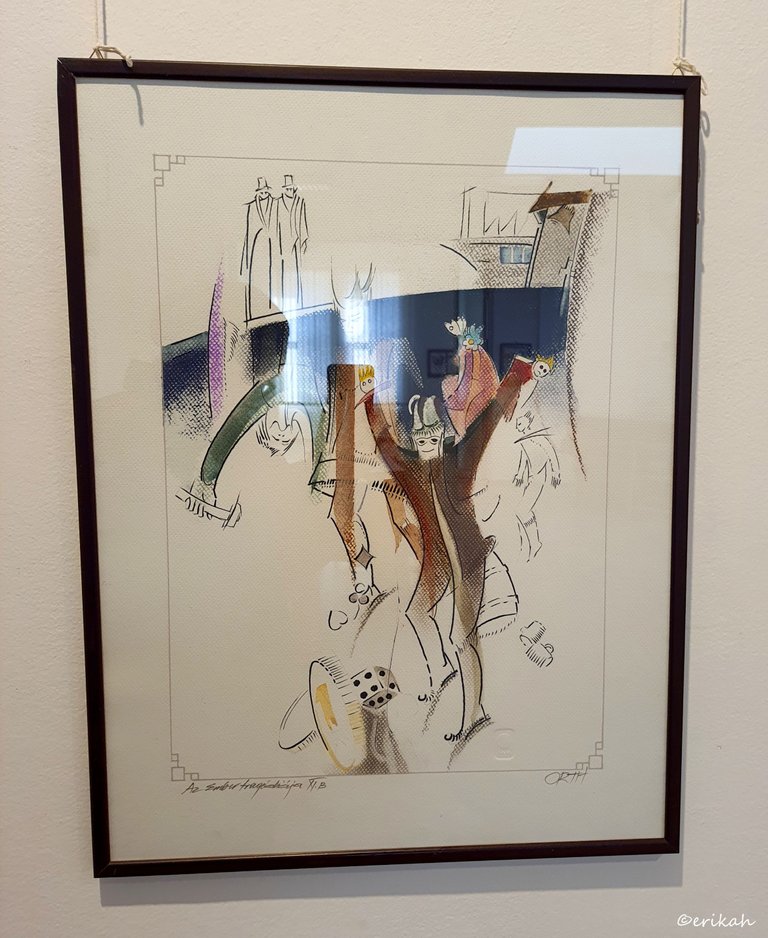
This is scene XI. B, where the party continues. Coins, dice, beer mugs, etc.
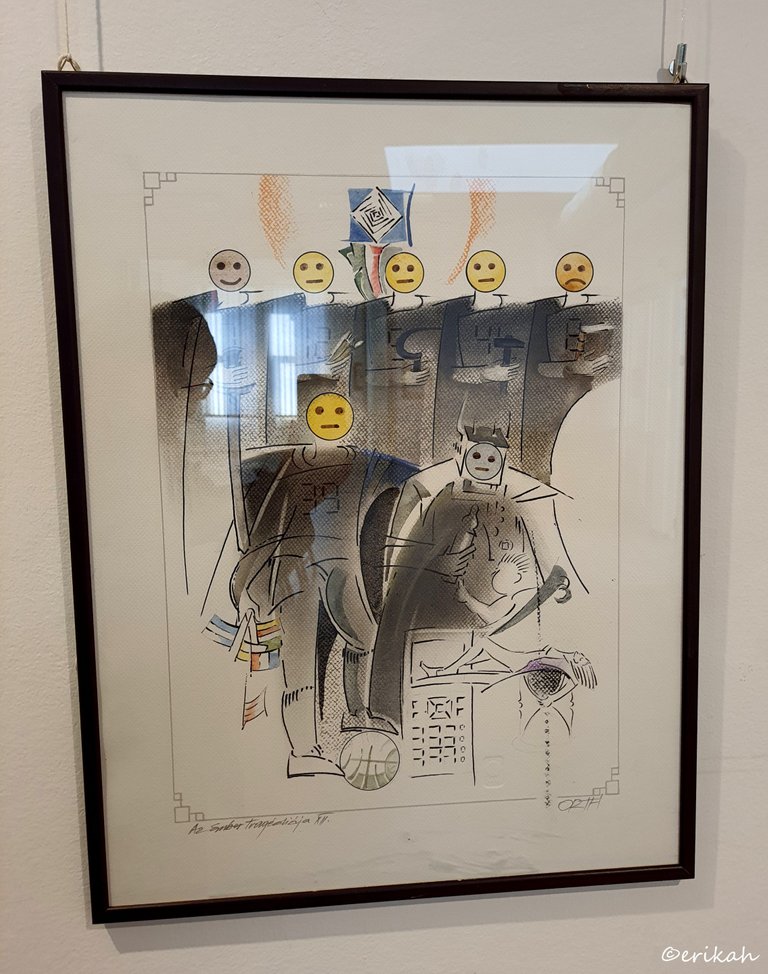
Scene XII. – An utopist socialist Phalanstery, in the future. Adam and Lucifer masquerade as traveling chemists; Eve is a worker who protests when she is separated from her child
Utopian socialism is often described as the presentation of visions and outlines for imaginary or futuristic ideal societies, with positive ideals being the main reason for moving society in such a direction. Later socialists and critics of utopian socialism viewed utopian socialism as not being grounded in actual material conditions of existing society. These visions of ideal societies competed with revolutionary and social democratic movements. source
A phalanstère (or phalanstery) was a type of building designed for a self-contained utopian community, ideally consisting of 500–2000 people working together for mutual benefit, and developed in the early 19th century by Charles Fourier. source
Unfortunately the reflection takes away some of the value here, but you can note some interesting elements, like the sickle and hammer, both symbol of communism, digital numbers, smiley faces, flags, a mobile phone, an older version though.
I was standing in front of this one and was thinking how much planning went into these artworks. The artist had to know the play very well, then plan each scene carefully, to reflect what the scene was about. He only had a small piece of paper and could only use a few elements. Yet, the artworks are brilliant.
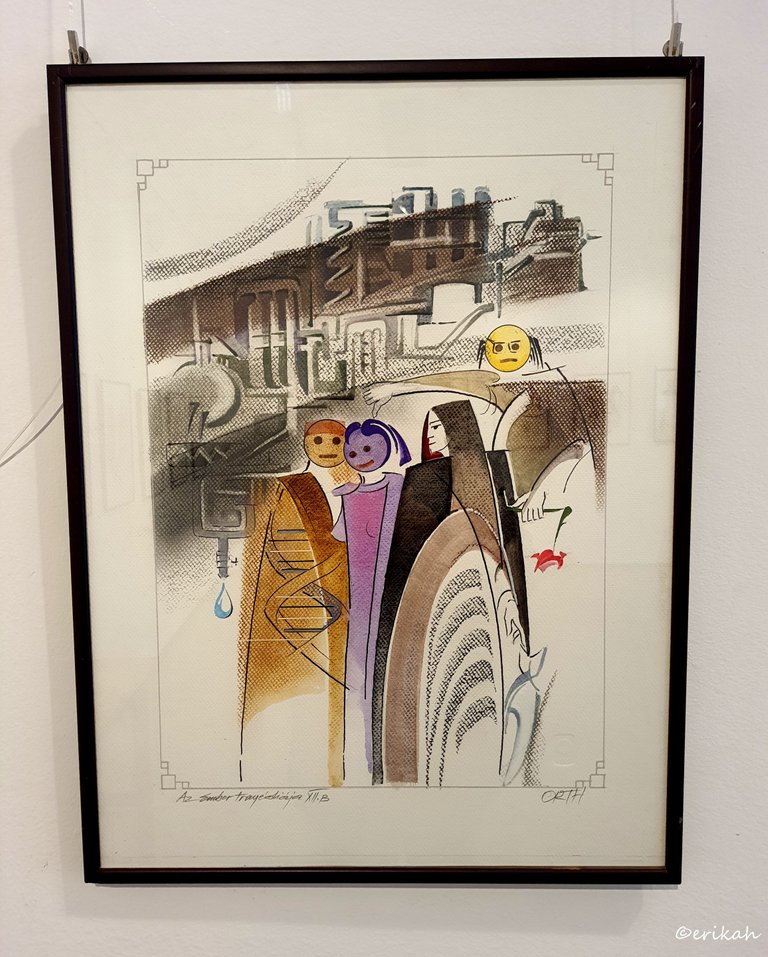
This is scene XII. B. Smiley faces, some pipes, but there's not much I can say here.
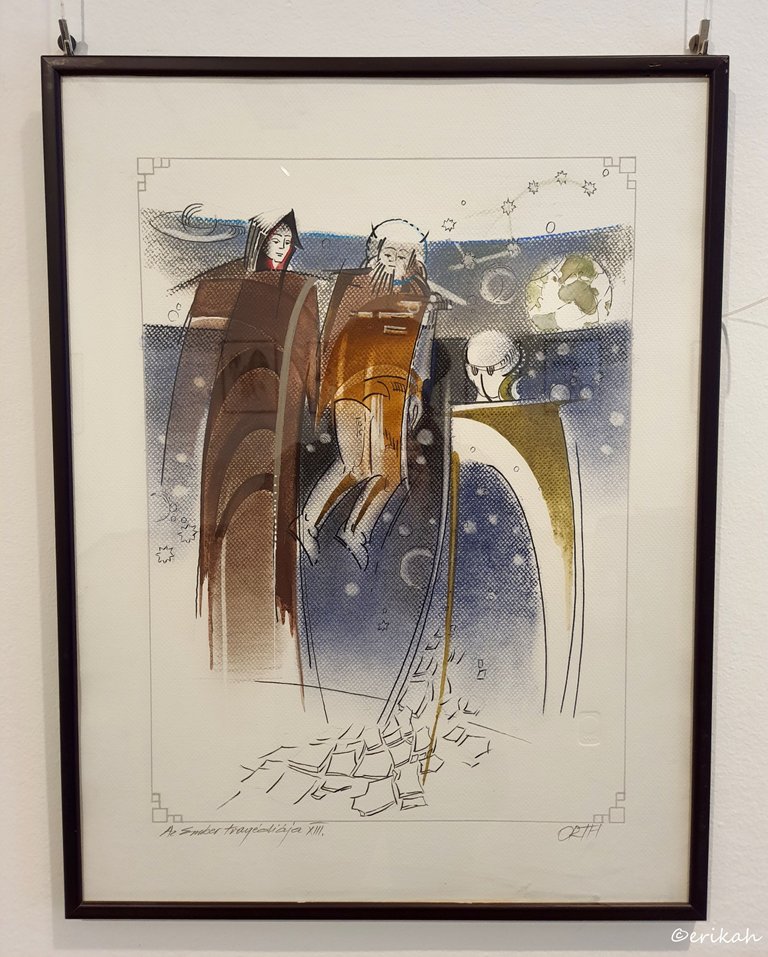
Scene XIII. – Space. Adam and Lucifer are themselves, Eve does not appear in this scene
This was a puzzle to me as I could not decide how to understand Space. Was the scene referring to a trip to the space and what you may find there? However, after some thinking I don't think it was that. The Tragedy of Man was first published in 1861, so I suppose space meant what they thought space looks like back in those days. That's why you see the Ursa Major, the globe and some planets.
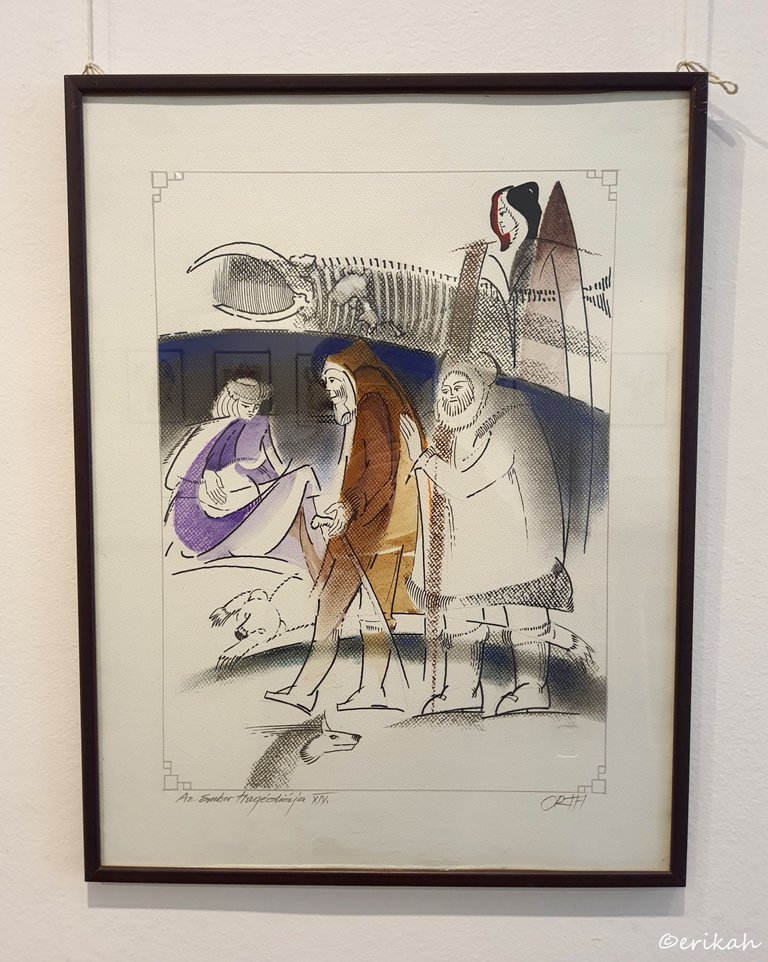
Scene XIV. – An ice age in the distant future, at least 6000 AD. Adam is a broken old man; Lucifer is himself; Eve is an Eskimo's wife

Scene XV. – Outside Eden at the Beginning of Human History
If I were to choose one that I would hang on my wall, that would be the first one and maybe the second one.
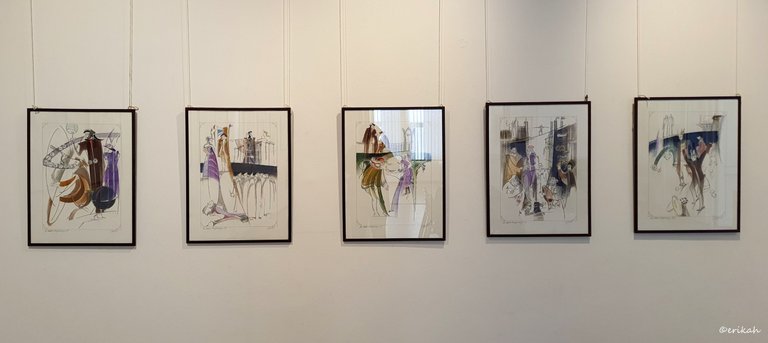
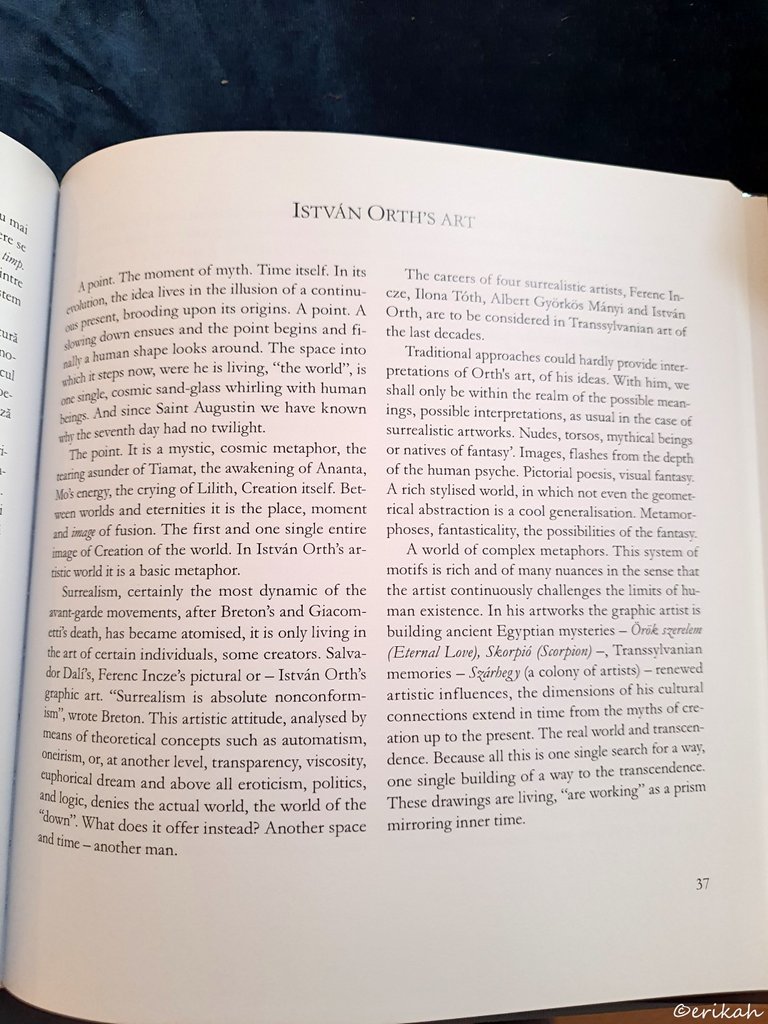
There was a book about the author on the table, so I was able to find this page in English and took a photo, for whoever is interested in reading about the artist.
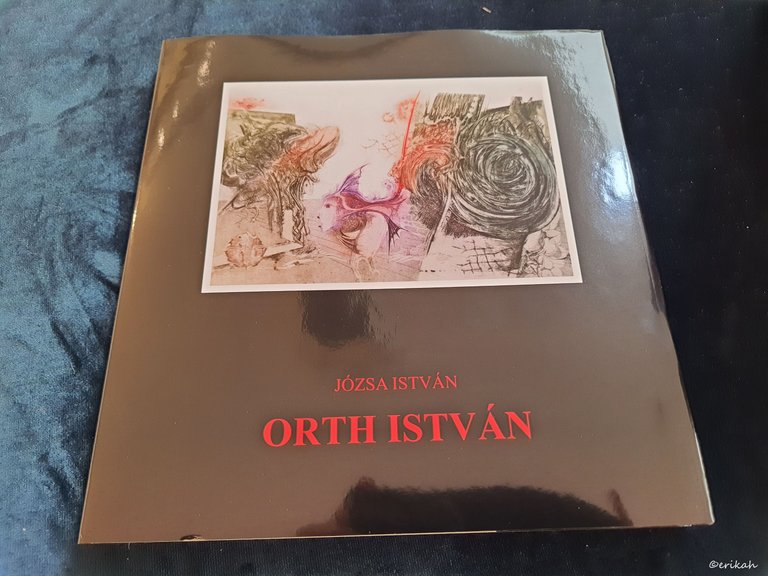
I was wondering what the other artworks of the author look like and lucky me, there was one on the cover of the book, which is totally different from what you see in this post.
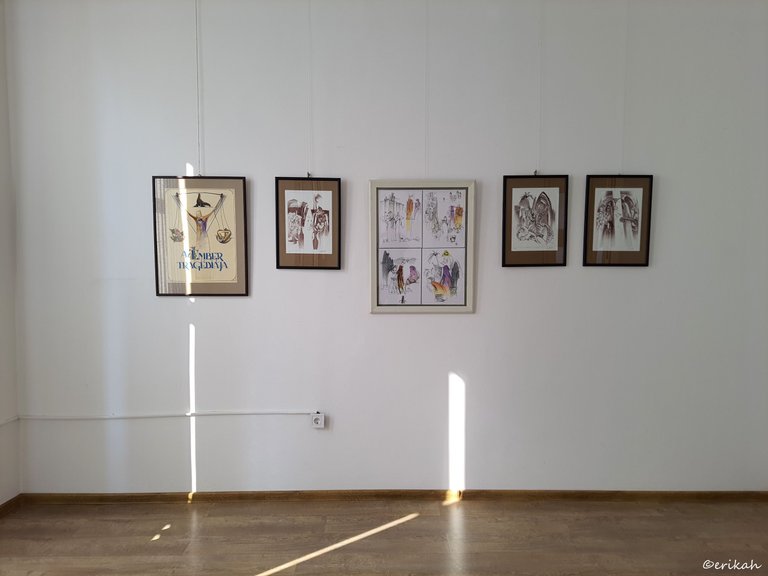
Then I saw that there were other works in the other room, not related to this series.
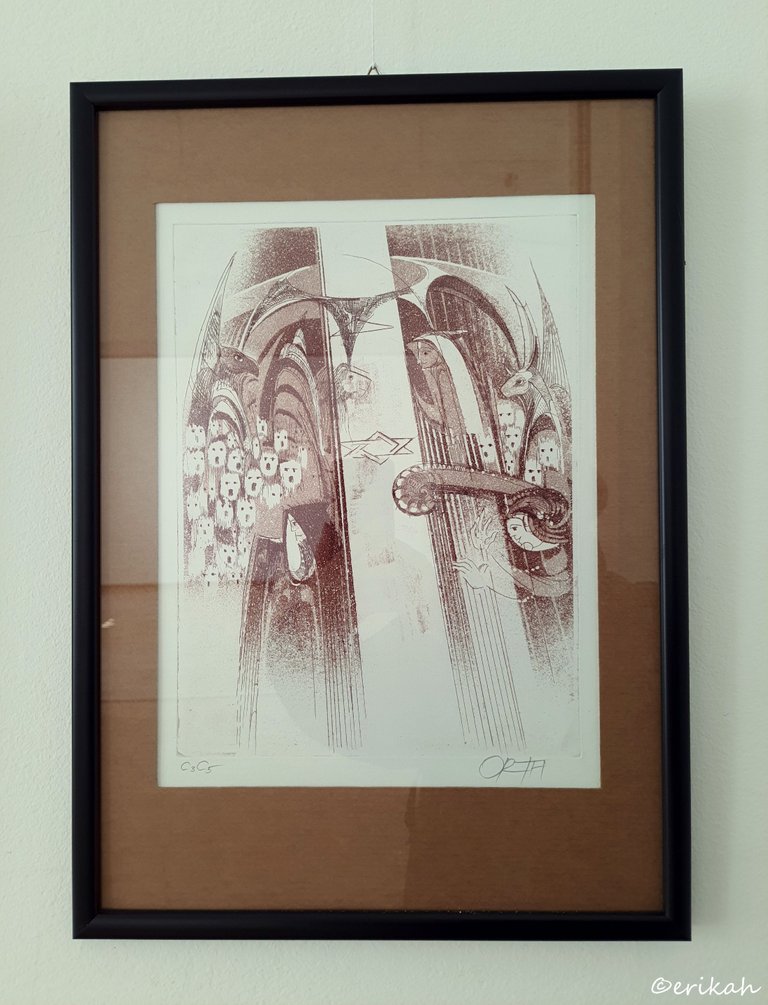

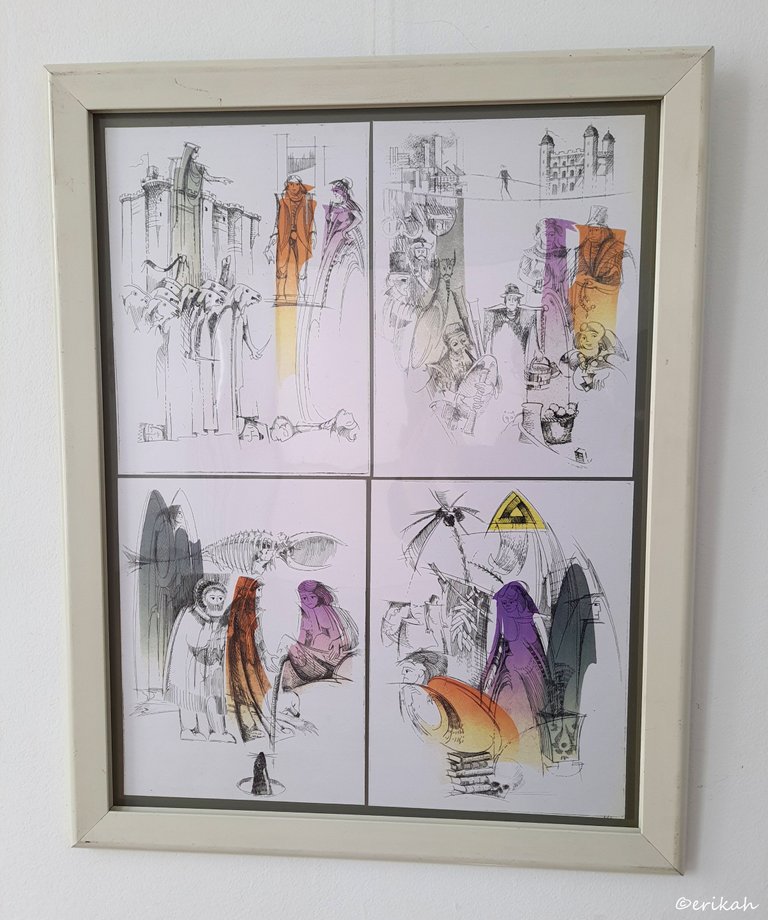
This was not part of the 15 scene series, but if you look closely, you can recognize the similarities between some scenes.
Upper left has similar elements as Scene IX. – Paris
Upper right has the same elements as Scene XI. – London.
Lower left - Scene XIV. – An ice age
Lower right - Scene XV. – Outside Eden

This was an exhibition I will not forget anytime soon and I wish other artist would do something similar, illustrate scenes from a well known book or play. Imagine seeing sculptures recreating scenes from a known play. Would be great.

If you're a newbie, you may want to check out these guides:
- Communities Explained - Newbie Guide
- Cross Posting And Reposting Explained, Using PeakD
- Hive Is Not For Me
- How To Pump Your Reputation Fast - Newbie Guide
- Tips And Tricks & Useful Hive Tools For Newbies
- Community List And Why It Is Important To Post In The Right Community


